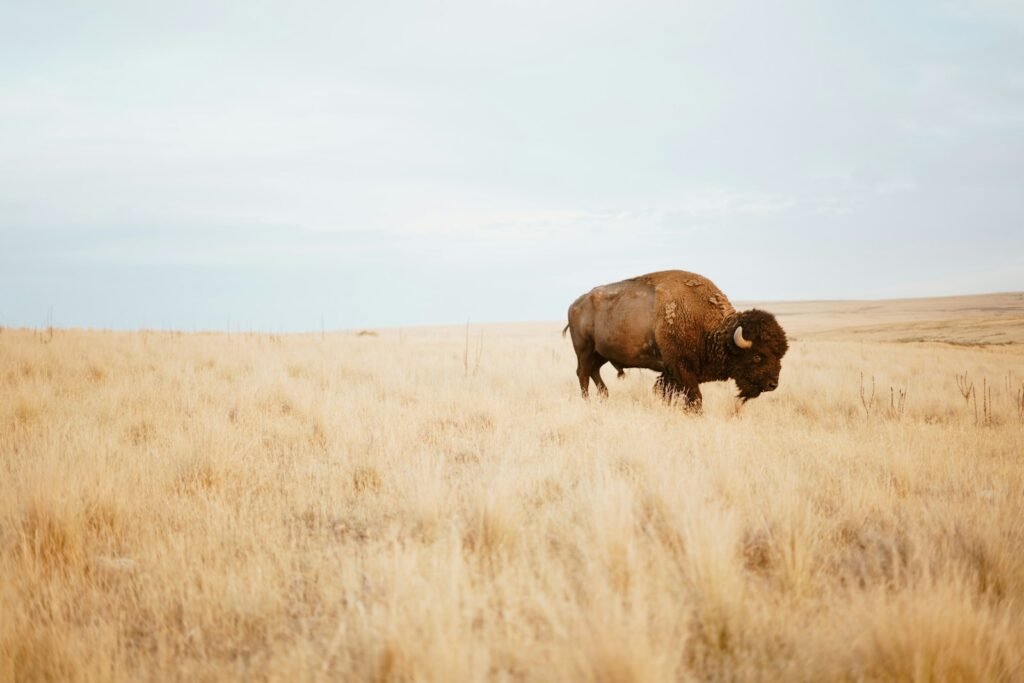Imagine walking along a sun-kissed coastline, where the gentle whisper of the waves mingles with the echoes of a time long past. This is not just any coast; it’s Spain’s Cretaceous Coast, a geological marvel that holds the secrets of Europe’s last dinosaurs. Millions of years ago, this region was a thriving ecosystem teeming with life, and today, it offers a portal into a world where dinosaurs roamed freely. Through the sands and stones, the history of these magnificent creatures is etched in fossils, providing scientists and enthusiasts a glimpse into the Cretaceous period. This article delves into the allure of Spain’s Cretaceous Coast, exploring the wonders it holds and the stories it tells about the giants that once walked the Earth.
The Enigmatic Cretaceous Period
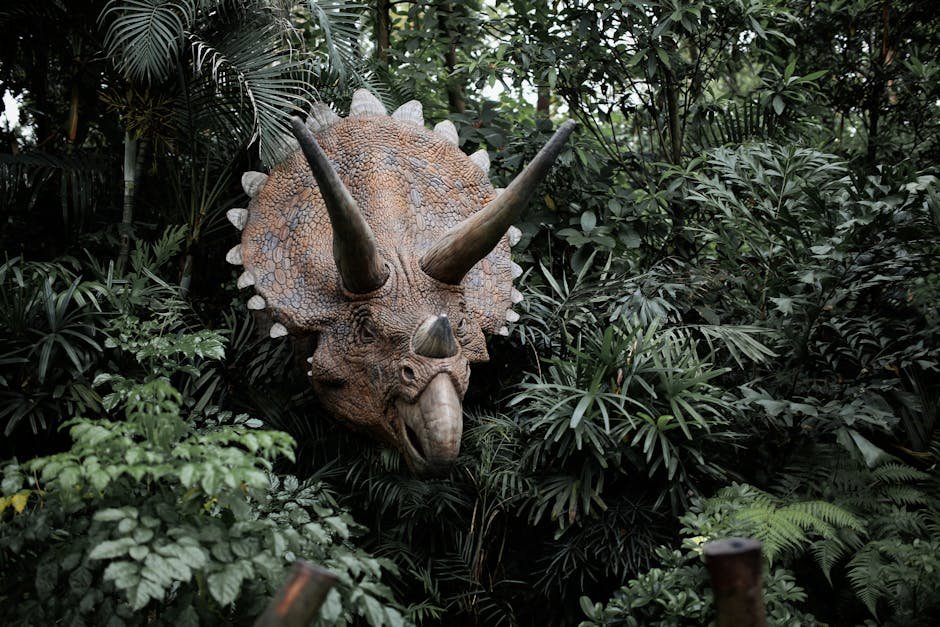
The Cretaceous period, spanning approximately 79 million years, was the last era of the dinosaurs. It was an age characterized by significant geological transformations and the evolution of diverse life forms. During this time, tectonic shifts and volcanic activities reshaped the Earth’s landscape, creating new habitats. The climate was warmer, and sea levels were higher, leading to the development of lush forests and expansive seas. This period also witnessed the emergence of flowering plants, which played a crucial role in the diets of herbivorous dinosaurs. Understanding the Cretaceous period is essential to appreciate the environment in which these magnificent creatures thrived. It’s a testament to the resilience and adaptability of life in the face of constant change.
Spain: A Dinosaur Haven
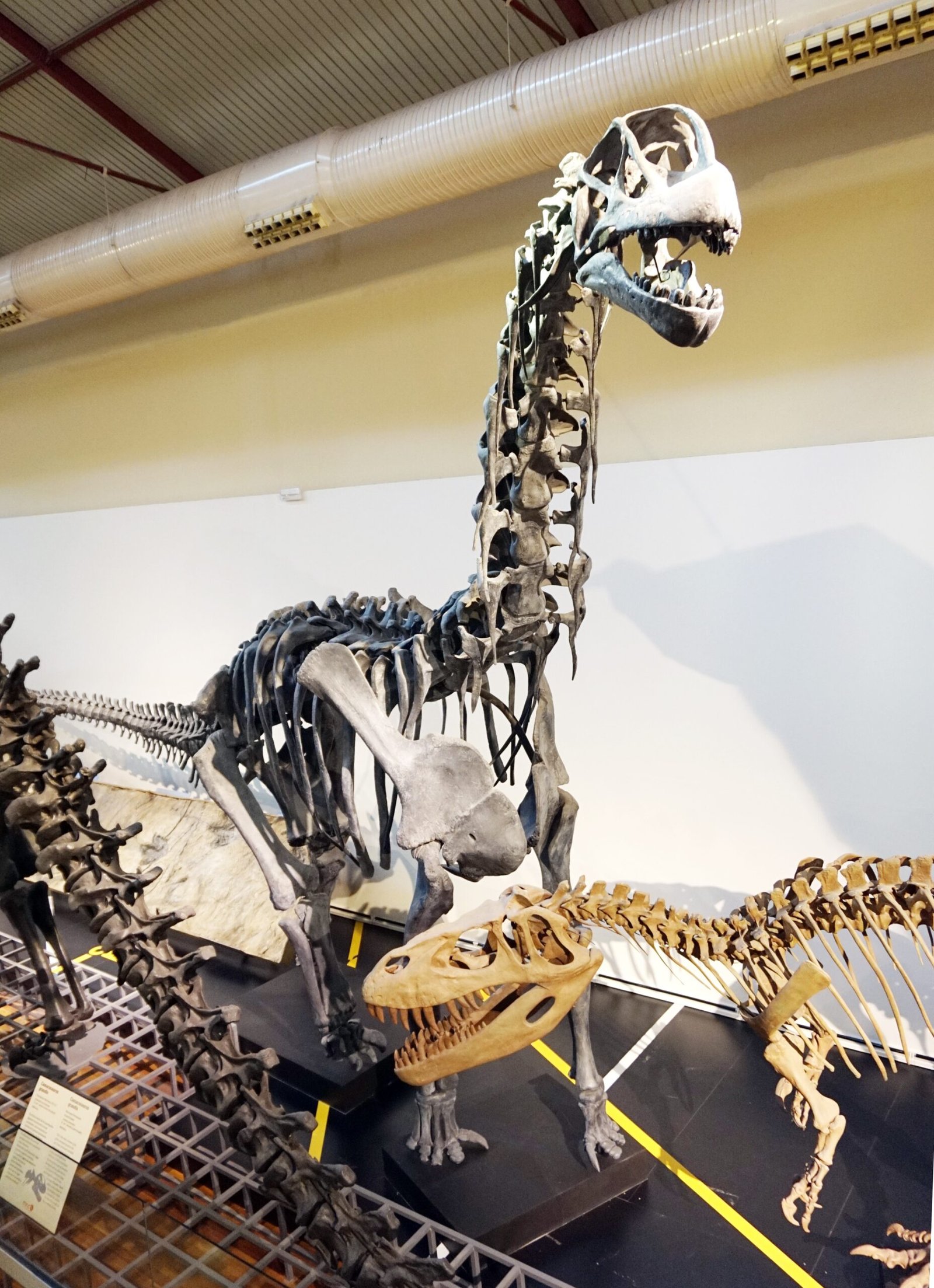
Spain’s rich paleontological sites make it a treasure trove for dinosaur enthusiasts. The Iberian Peninsula, particularly the regions of Asturias, Catalonia, and Valencia, are renowned for their well-preserved dinosaur fossils. These areas were once submerged under shallow seas, creating ideal conditions for fossilization. The discovery of numerous dinosaur species, including the formidable theropods and gentle sauropods, has provided significant insights into their existence. Spain’s fossil record is unique as it represents some of the last dinosaurs to walk the European continent before their extinction. These findings not only enrich our understanding of dinosaur biodiversity but also highlight Spain’s pivotal role in paleontological research.
The Dinosaurs of the Cretaceous Coast
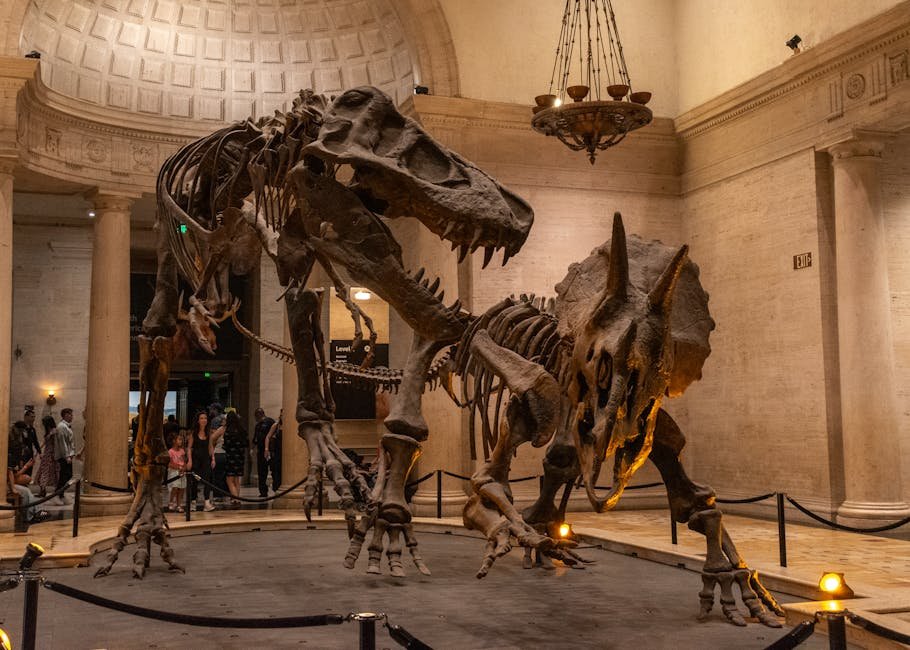
The Cretaceous Coast of Spain is home to a fascinating array of dinosaur species, each with its own story to tell. Among the notable discoveries are the titanic sauropods, known for their long necks and massive size. These gentle giants, like the Turiasaurus riodevensis, roamed the lush landscapes, feeding on foliage high in the trees. Equally captivating are the fierce theropods, such as the Baryonyx, a fish-eating dinosaur that once prowled the coastlines. The diversity of species found here reflects the rich ecosystems that existed during the Cretaceous period. Each fossil unearthed adds a piece to the puzzle of understanding these ancient creatures and their interactions within their environment.
Fossil Hunting: A Journey Through Time
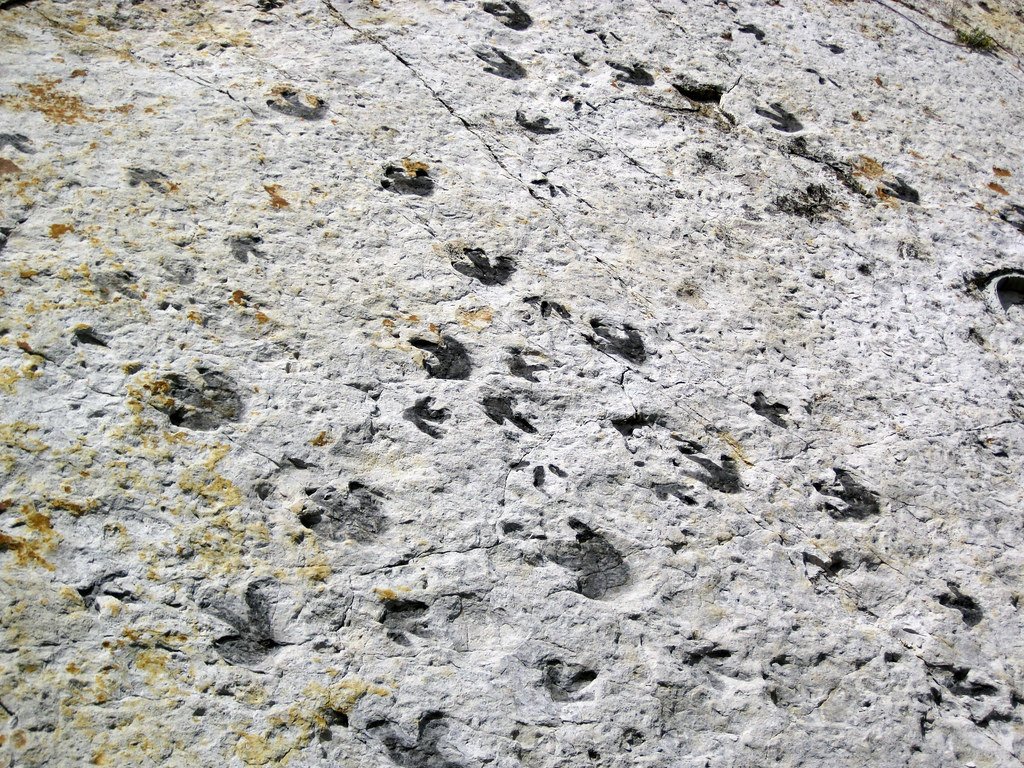
Fossil hunting along Spain’s Cretaceous Coast is akin to embarking on a journey through time. The thrill of uncovering a piece of history buried for millions of years is an experience like no other. Paleontologists and enthusiasts alike scour the rocky outcrops and cliffs, searching for clues about the past. The fossils found here range from teeth and bones to footprints and eggs, each offering valuable insights into dinosaur behavior and biology. These discoveries not only fuel scientific research but also ignite the imagination of those who uncover them. It’s a reminder of the ever-present connection between the past and the present, as each fossil tells a story waiting to be heard.
The Science of Paleontology
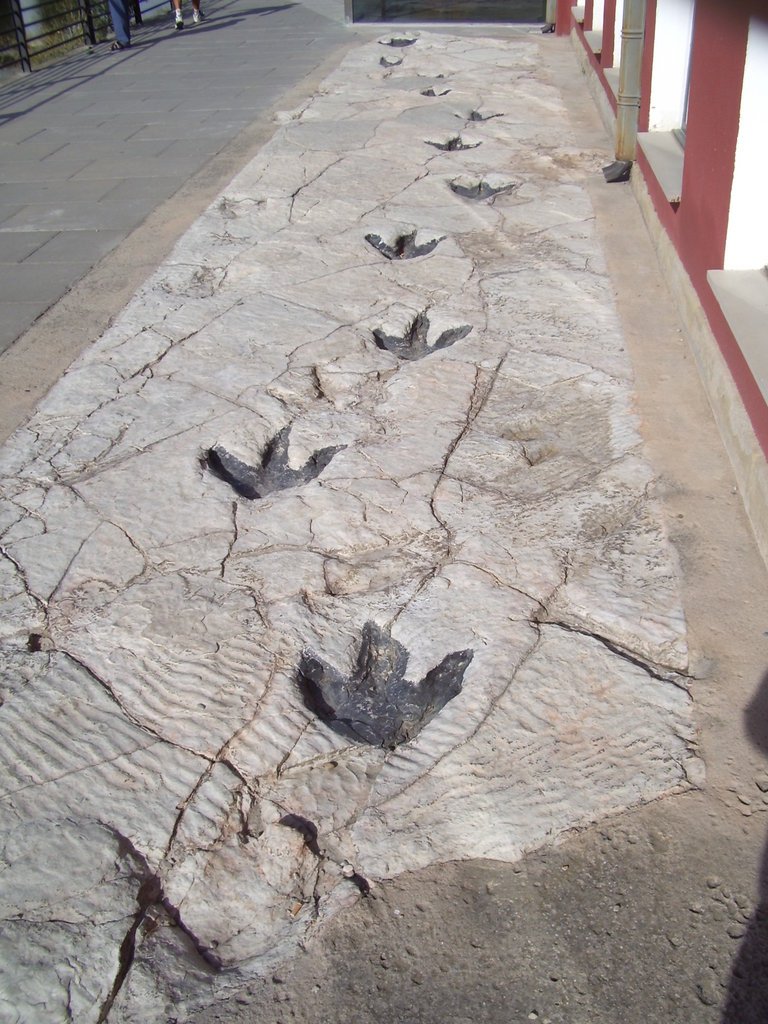
Paleontology, the study of ancient life, is a science that combines geology, biology, and chemistry to unravel the mysteries of the past. On Spain’s Cretaceous Coast, paleontologists employ various techniques to extract and analyze fossils. From carefully excavating delicate bones to using advanced imaging to reconstruct dinosaur skeletons, the process is meticulous and requires precision. These scientific endeavors have led to groundbreaking discoveries, such as the identification of new dinosaur species and insights into their evolutionary history. Paleontology not only enhances our understanding of dinosaurs but also sheds light on the broader history of life on Earth. It’s a field where each discovery opens new avenues of exploration and curiosity.
The Role of Museums and Education
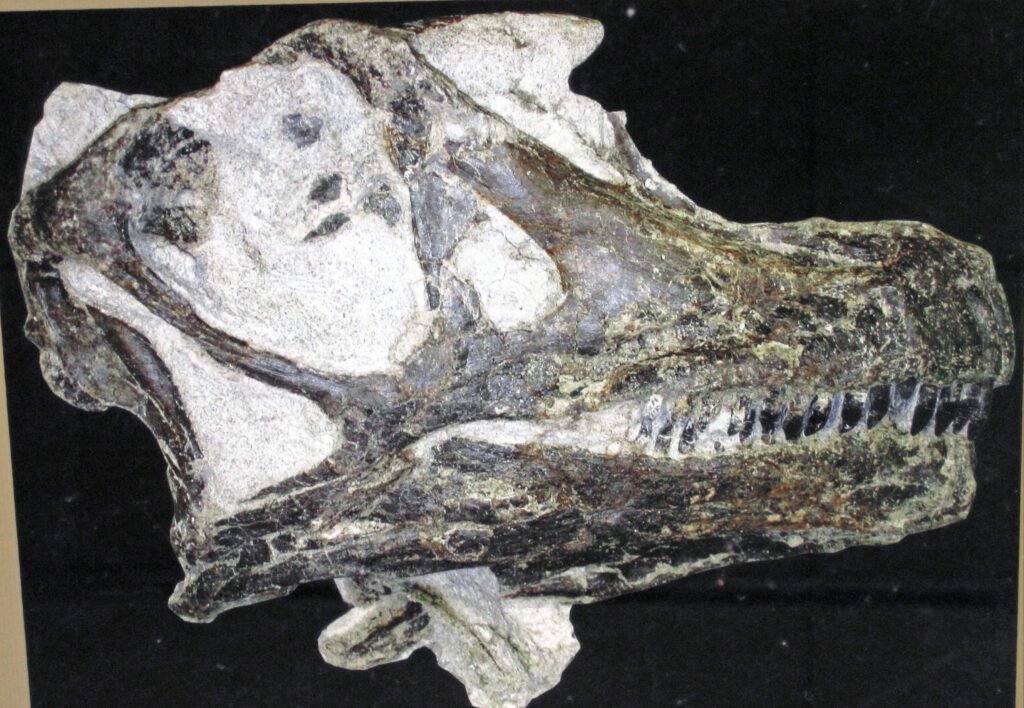
Museums play a vital role in bringing the story of Spain’s Cretaceous Coast to the public. Institutions like the Museo de Dinosaurios in Salas de los Infantes and the Museo de Ciencias Naturales de Valencia house extensive collections of fossils, offering visitors a chance to engage with history firsthand. Through interactive exhibits, educational programs, and guided tours, museums inspire curiosity and foster a deeper appreciation for paleontological research. They serve as a bridge between scientific discoveries and public knowledge, ensuring that the stories of the dinosaurs remain alive for generations to come. By educating the public, museums also encourage the preservation of these invaluable sites for future research.
The Impact of Climate and Environment
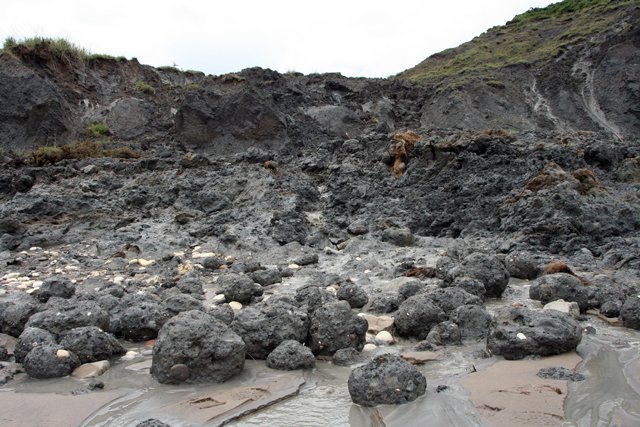
The climate and environment during the Cretaceous period greatly influenced the evolution and survival of dinosaurs. Spain’s Cretaceous Coast was once a warm, humid region with diverse habitats ranging from coastal plains to dense forests. The availability of resources and the presence of predators shaped the adaptations and behaviors of dinosaurs. The shifting climate patterns and rising sea levels also played a crucial role in the distribution of species. Understanding the environmental context of the Cretaceous period provides insights into the challenges faced by dinosaurs and their eventual extinction. It highlights the delicate balance of ecosystems and the impact of environmental changes on life.
The Astonishing Extinction Event
The extinction of the dinosaurs marks one of the most significant events in Earth’s history. Approximately 66 million years ago, a catastrophic event, likely a massive asteroid impact, led to the sudden disappearance of these magnificent creatures. The impact caused drastic changes in the global climate, resulting in the loss of habitats and resources. Spain’s Cretaceous Coast bears witness to this transformative event, with geological evidence supporting the impact hypothesis. The extinction of the dinosaurs paved the way for the rise of mammals and the eventual evolution of humans. It’s a stark reminder of the fragility of life and the ever-changing nature of our planet.
Cultural Significance and Local Legends
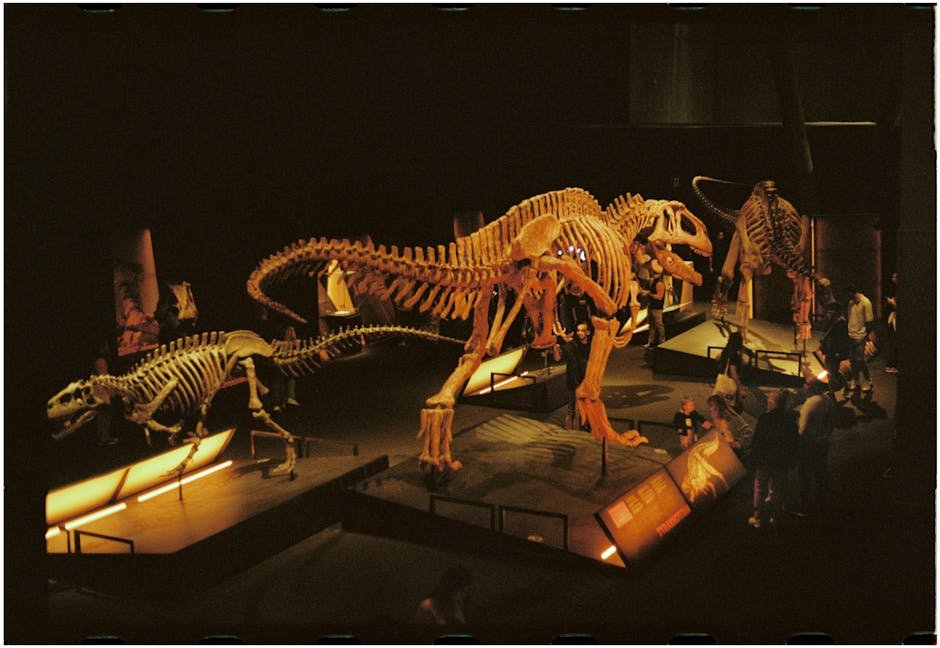
The presence of dinosaur fossils has left a lasting impact on the cultural heritage of the regions along Spain’s Cretaceous Coast. Local legends and folklore often incorporate tales of giant creatures that once roamed the land. These stories, passed down through generations, reflect the awe and wonder inspired by the fossilized remains. The fascination with dinosaurs has also permeated art, literature, and media, influencing how societies perceive these ancient giants. The Cretaceous Coast serves as a cultural landmark, where science and storytelling converge to create a rich tapestry of history and imagination. It emphasizes the enduring legacy of dinosaurs in human culture.
Exploring the Cretaceous Coast Today
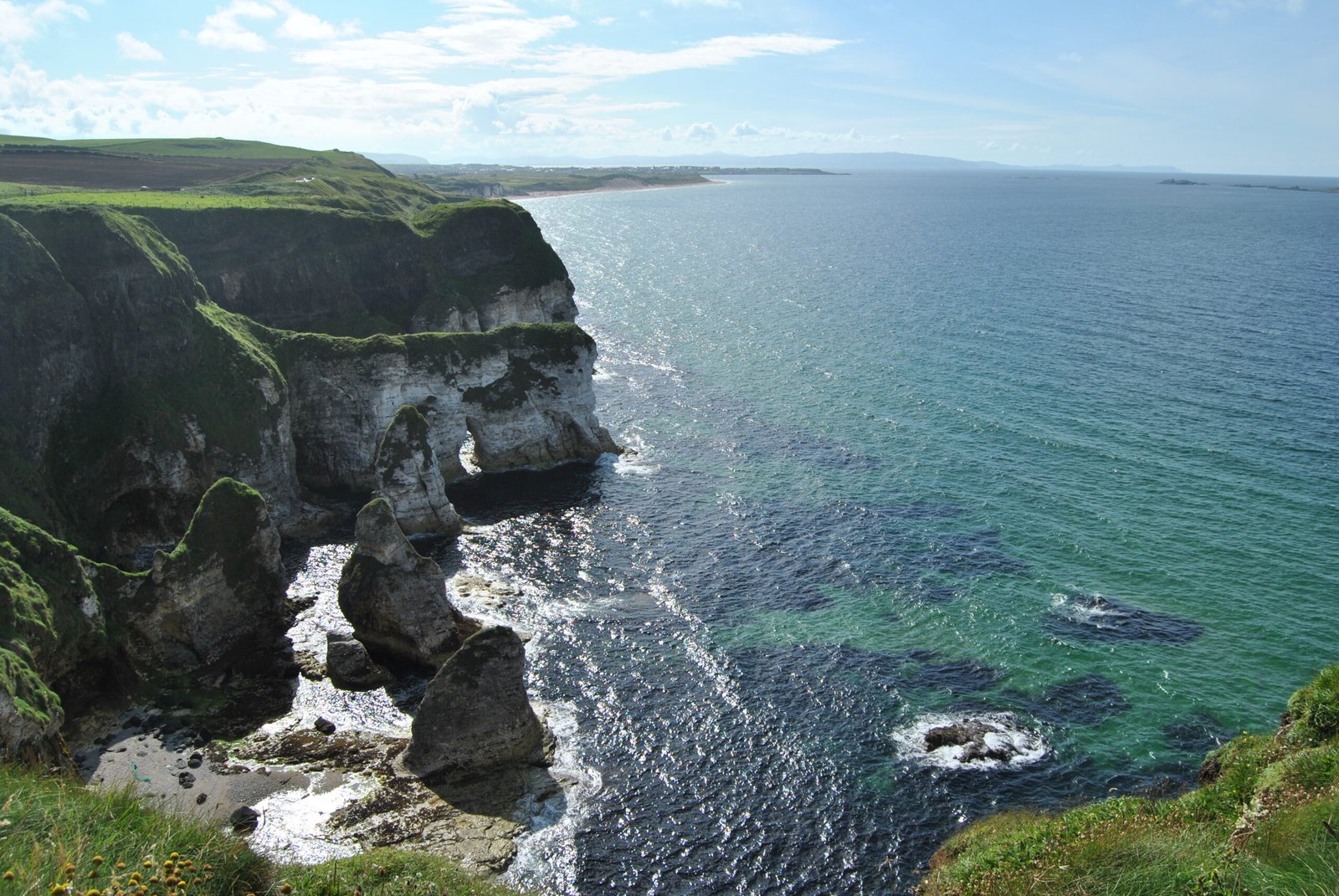
Today, the Cretaceous Coast of Spain offers a unique opportunity for exploration and adventure. Visitors can embark on guided tours, exploring the stunning landscapes and discovering the fossils that lie hidden within. The region’s natural beauty, coupled with its rich history, makes it a captivating destination for nature lovers and history enthusiasts alike. Whether it’s hiking along the trails, visiting museums, or participating in fossil hunting expeditions, there’s something for everyone along the Cretaceous Coast. It’s a place where the past comes alive, inviting visitors to uncover the mysteries of a time long gone.
Spain’s Cretaceous Coast stands as a testament to the incredible history of our planet. Its fossil-rich landscapes offer a window into the past, revealing the fascinating world of dinosaurs that once thrived here. As science continues to unearth new discoveries, the Cretaceous Coast remains a vital link to understanding the history of life on Earth.



